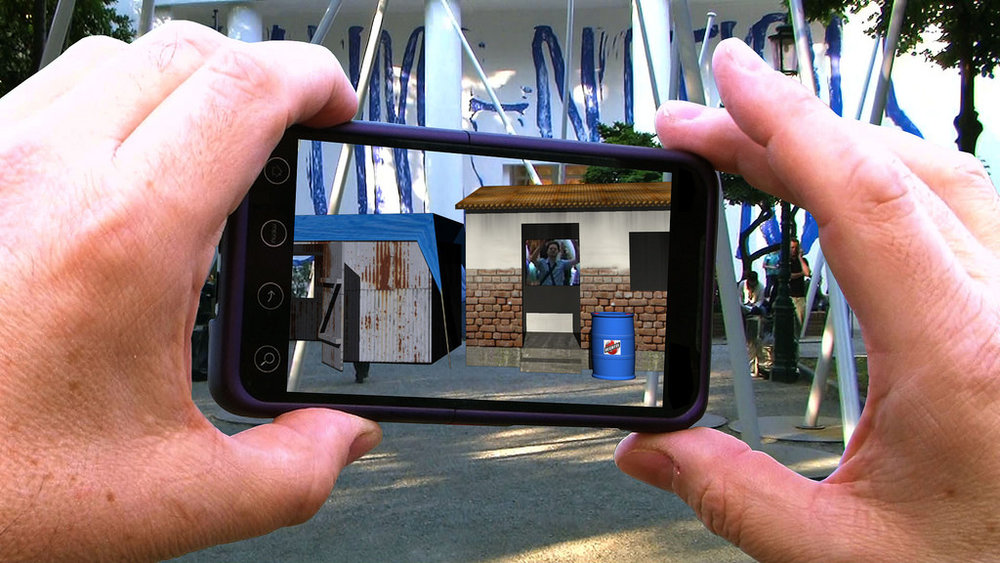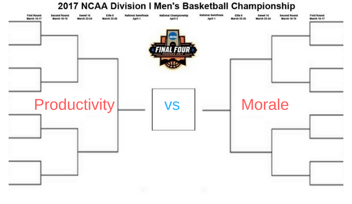Why You Need a Mobile E-commerce App for Your Small Business


Providing a straightforward line of communication between customers and retailers is a crucial part of e-commerce, and one of the best ways to do this is to create a mobile app for your e-commerce shop.
All time visibility to consumers
Since customers are always in touch with their smartphone, an app for a business is the best choice for face-to-face interaction with the consumers and maintaining communication. After the consumer has installed the app on their phone, half of the battle for his buying is finished. Another great choice is push notifications which assist in interaction with consumers and are a critical part of their lifestyle. Statistically, it has shown a 50% increase in open rates and message delivery. Altogether, it is far better than e-mail newsletters and promotional content.
Built-in features influence purchase
As far as e-commerce mobile app development is concerned, the engineers offer native development for Android and iOS apps. This implies customized apps for each device. This procedure ensures enhanced performance and link to inbuilt features such as a camera, microphone, calendar, GPS, etc. These features assist in providing more enhanced communication and inciting experience while utilizing the app. For example, the calendar can be customized to fix the sales day on the user’s smartphone or the camera can be utilized for a virtual trial room.
Native app boosts usability
If an e-commerce mobile app is created by following all the platform guidelines, it will decently increase the experience of the user. An app, in comparison to the mobile website, permits high-res animation, visuals, and enhanced navigation.
Smarter way to collect consumer data
A mobile application for a business assists in collection and analysis of user data for creating an understanding of the consumer’s preferences and purchase habits. Additionally, with the help of an app, the user can be informed about the latest happening on the basis of his/her interest.
Faster, easier, and more secure payments
It’s recommended for the consumers to utilize the built-in secure option for payments. It is much more convenient to save all account details within the app itself. Only the mobile application provides an appropriate level of information security. An additional option for protection of the user’s credit card number and additional information is to utilize the Touch ID Technology. Purchases can be performed with the touch of a fingerprint.
Enhanced customer engagement and retention
The opportunities are limitless with a mobile application. Impulse purchases can be enhanced via notifications based on anniversaries or special events and the implementation of gamification procedures. For instance, during a holiday season in the U.S., nearly 40% of the e-commerce purchases are performed via a smartphone.
Create social capital
In a mobile e-commerce app, all social media resources of the business can be linked and bought within a whole communication with a consumer. Additionally, users will more likely accept reviews by friends and social sharing assists your business better than an assistant at a shop.
So, how to develop an e-commerce mobile app?
The requirement of a mobile app for an e-commerce business is quite obvious. However, like any other device, a mobile application needs some specific settings. In this situation, the success factor for the app might be the design. The expenses required for a mobile e-commerce application comprises of a major part of the finances to be devoted to the operational UI/UX design.
 Some tips to be considered:
Some tips to be considered:
Clear UI and multi-functional navigation
A critical challenge for an e-commerce app is the creation of a simple and clear navigation for the shoppers so that they can locate things easily. The core concept of a simple UI design is the reduction of the steps needed before the purchase.
Easy purchase design
Consumers analyze the convenience of a store in regards to how simple it is to buy an item. An additional action will result in a bounce rate. So, pay critical attention to the online shopping cart.
Effortless signup
Shoppers don’t like to fill in annoying signup documents. So, instead of this, a choice to link up using social media can be given or this step can be avoided entirely.
Call to action buttons
A call to action button can be utilized for increasing conversions. Since it does not have a perfect method of implementation, a user can test its text, design, and logic, measure results, and perform optimizations as per requirement.
Instagram photo feed
The power of Instagram can be wielded for online shopping. The creation of a content hat is perfect for this platform and combines the product with the consumer’s newsfeed.
Thought-out user scenario
The professional UI/UX design team makes sure that projects have thought-out user scenarios which assist in modifying the behavior of the user within the application, and create a full workflow so that the highest conversions can be created. For achieving the required business scores, A/B testing and measurement of result via the Google Tag Manager and Google Analytics tool has been provided. Then, user scenarios which display more purchases are selected.
Advanced e-commerce mobile app design trends for the design team
Video content
Product descriptions can be enhanced with video content. The product can be shown from a fashion show, live streaming can be configured, or a 360° view can be provided for a more exciting experience.
Augmented reality
AR provides great chances for online promotions and e-commerce. A virtual trail room virtual objects can be embedded within the virtual interior. AR is a simple way to build a memorable and emotional communication which can perfectly translate the products and brand’s value by using all the abilities of the mobile devices.
3D effects
Combining AR with 3D technology can offer the consumer an enhanced interaction experience with the product within the shopping app itself. The model is perfect for the items which the users want to try out prior to purchasing.
Multi-touching effect
In an offline store, a user can try, touch, and examine the items. These precise feelings are generally provided via the assistance of high-res images and maximum zoom which lets the user view the texture and other features of the item. Apart from this, an enhanced experience with the 3D Touch Technology can be given.
Must-have mobile app metrics for the e-commerce business
A lot of differences exist in the manner in which a shopper buys from the internet and when they buy from the app. Firstly, mobile app analytics for e-commerce is concerned with installations and the conversion of installation to repeated utilization and purchases. Each action in every step can be measured and examined for process optimization.
Tracking installs
It is necessary to comprehend the installation sources and analyze the effectiveness of channels of advertising. Generally, more sales are generated via more users’ installations of the application.
Bounce rate
It is crucial to limit this indicator. It represents the point at which the user has decided not make the purchase. Problems can be fixed with the help of this information and thus, more shoppers can be added.
Retention
The rate of retention is the ratio between the number of retained consumers to the number of consumers lost. Tools like remarketing, e-mails, and push notifications can be used to attract the consumers more often to the app. Churn rate is the opposite ratio which represents the users who do not come back to the app.
ARP
Average Revenue Per User represents profit generated from the users who have made at least a single purchase from the mobile app.
MCF report
At times, users begin purchases within the app and complete it on the site, and vice versa. Naturally, this can be calculated and optimized via Google Analytics tools’ multi-channel. It assists in comprehending the mobile app journey of the consumer and provides a precise image of the actual performance of the application. These reports are created from conversion paths, which is the number of clicks required for the transaction. Generally, the records of last 30 days are saved, however, this value ranges from 1 to 90 days. Assisted conversion reports provide the number of conversions started, continued and ended in every channel. The values of the conversion can also be generated.
The significance of mobile apps for businesses is increasing every day. With technology, the buying process via mobile apps has become simpler, quicker, and more secure, while also providing a fresh experience for the user. Even if the organization doesn’t depend on the mobile app, it can be a critical component of the sales ecosystem and can enhance conversions within other channels.
Author bio:Ben Russel has a technological background, having participated in multiple start-ups. He is the co-founder of SolidEssay, a website helping students with formatting and structuring their essays and research papers. The website also provides writing guides for high school and college students. One of the most popular guides is about informative essay topics.
About Workbar:
Workbar operates coworking locations throughout greater Boston (Boston Back Bay, Boston South Station, Burlington, Cambridge, Arlington, Brighton, Danvers, Norwood, Salem) and several other partner locations throughout the state. Want to keep up with the world of Workbar? Subscribe to our mailing list for the most up-to-date information about our upcoming events and community news. You can also follow us on Instagram, Facebook, LinkedIn and Twitter.





